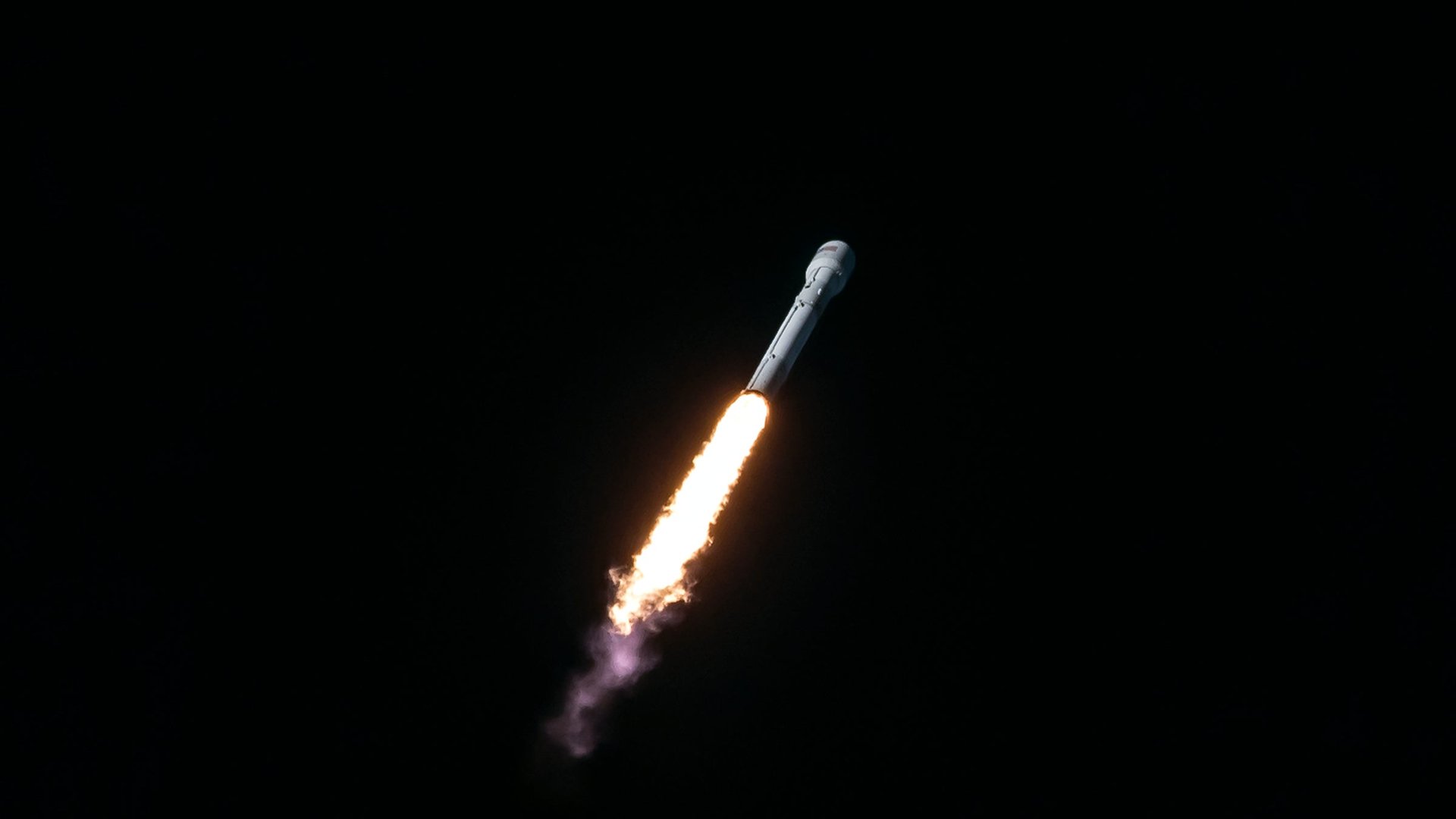Elon Musk’s SpaceX is out-launching its biggest competitors for the first time ever
This is what it looks like when a start-up disrupts an existing industry.


This is what it looks like when a start-up disrupts an existing industry.
With its successful launch of a communications satellite last night, SpaceX has flown ten rockets this year. Elon Musk’s rocket company has now beat its own annual record, and the firm is on pace to out-launch its key rivals in the commercial launch market, Europe’s Arianespace and United Launch Alliance (ULA), a joint venture of Boeing and Lockheed Martin.
It has taken just seven years since the company’s first Falcon 9 rocket flew for SpaceX to dominate the launch market by offering cheaper and, increasingly, faster service to orbit.
The last burst of SpaceX activity was impressive: The company flew three rockets in twelve days between June 23 and July 5, including two in 48 hours.
“Our priority is to reliably launch our customers,” Gwynne Shotwell, SpaceX’s president, said in a statement. “SpaceX is able to attempt three launches for three customers in 12 days not only because we have the rockets, launch pads and droneships at the ready, but because we have the teams on the ground to get the job done.”
These flights generated well over $500 million in revenue for the company, and SpaceX isn’t finished yet. There are still at least ten more flights on its 2017 manifest, which, if completed, would make this the busiest year for a private rocket launcher in history—and mean that SpaceX launched more rockets itself than the entire United States in 2016.
But SpaceX isn’t just putting its Falcon 9 rockets into space. The company is also bringing the first stage of the vehicle—containing nine engines, weighing 20 tons and standing 40 meters tall—back to earth for dramatic landings on sea-going barges and a landing pad at Cape Canaveral. The company has successfully recovered all eight stages it has attempted to land, demonstrating the pay-off on its single-minded investment in reusability.
“We are pleased with the progress we are making this year to launch and recover our rockets, which is key towards achieving full and rapid rocket reusability,” Shotwell said. The company hopes to be able to turn around its used rockets within 24 hours, an astonishing rate of speed in the space launch business, where rockets generally require months of preparation before flight.
Despite all this success, the company remains behind its own ambitious schedule. It had hoped to be regularly reusing rockets and hitting a high launch cadence during the last two years, but two anomalies that destroyed launch vehicles in 2015 and 2016 delayed progress as SpaceX engineers worked to identify and resolve the causes of those accidents.
Besides making reusability a regular part of its flight manifest, SpaceX has two other big goals for the next year: Launching a higher-powered rocket called the Falcon Heavy, and flying astronauts to the International Space Station for NASA.